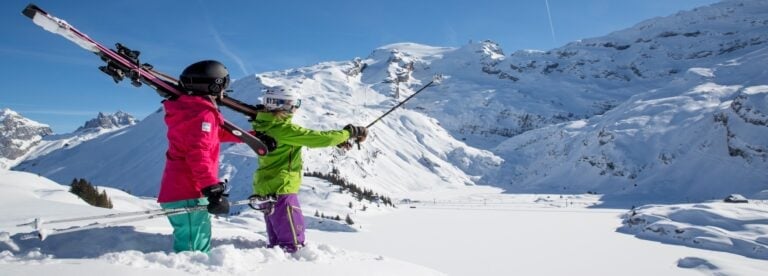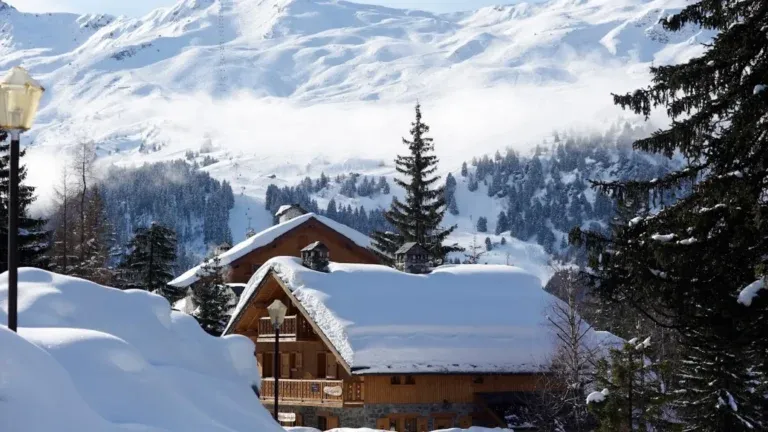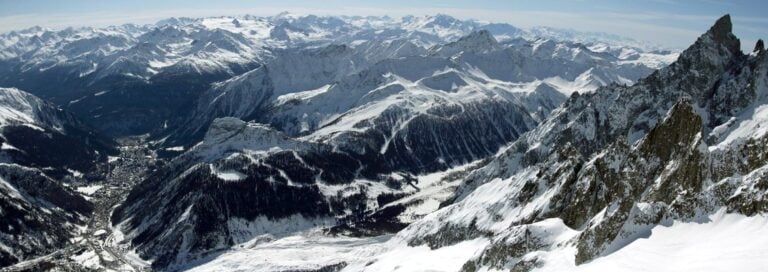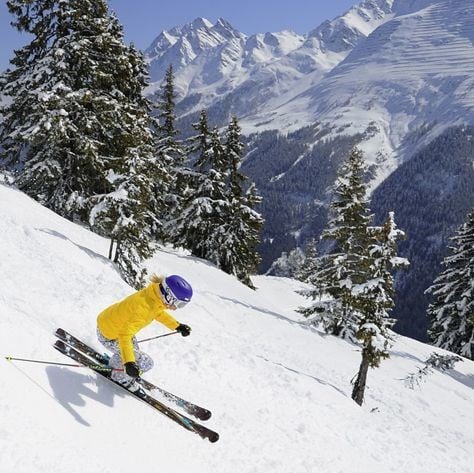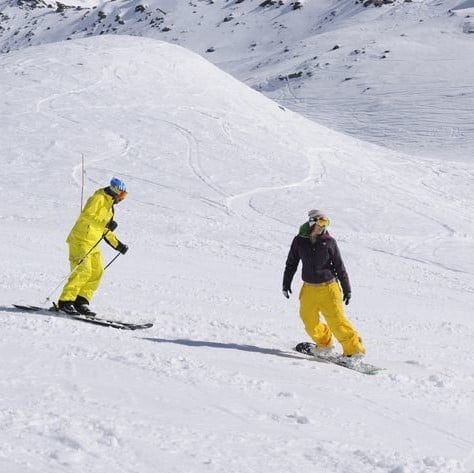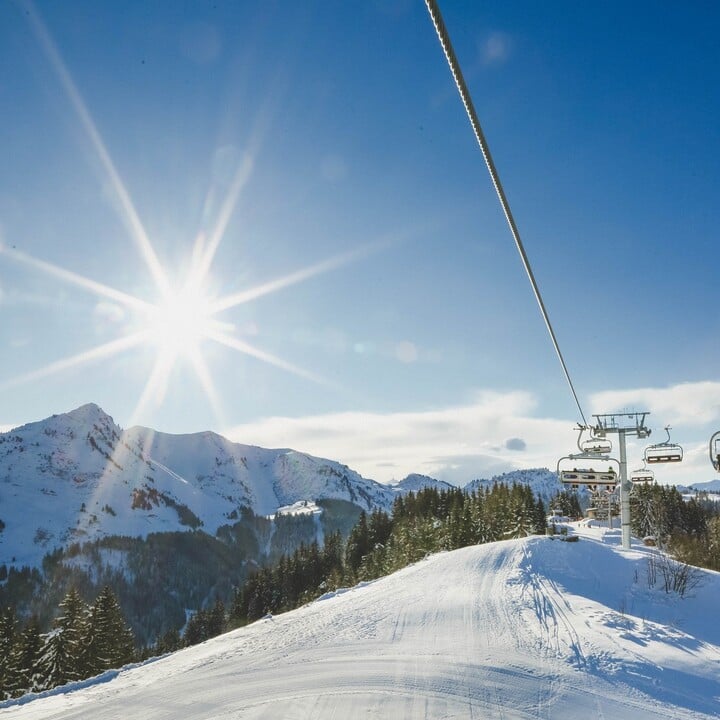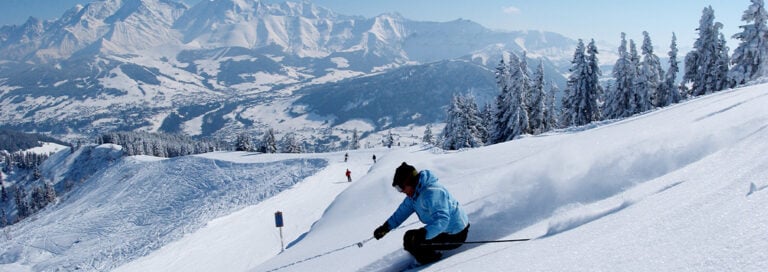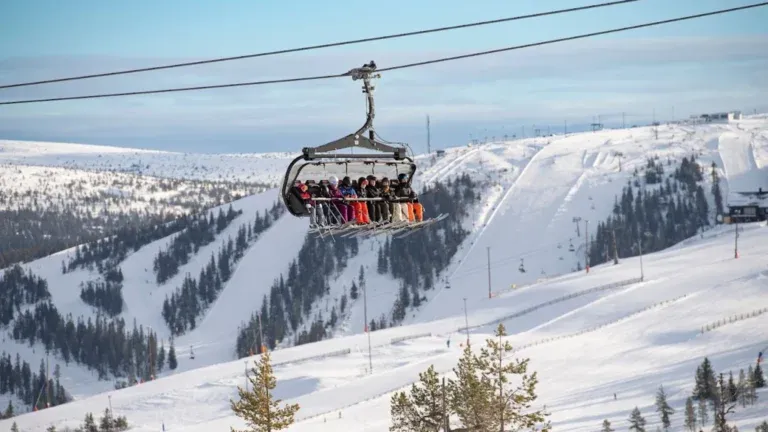Can we fly without damaging the planet is the big question. For now, we probably can’t. Committed environmentalists would argue that we shouldn’t fly in the current climate emergency. But there is the question of scale, as almost everything we do has a climate impact of one sort. The questions are: how far are we prepared to go to minimise our impact and how do we do it?
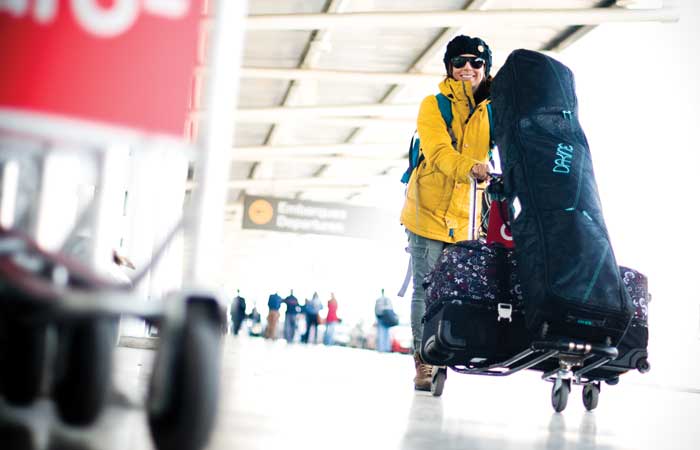
For a low CO2 lifestyle, we should give up cars – unless they’re electric – ensure our home is green energy powered and eat locally sourced produce. The list is ever-growing, and many are prepared to try these lifestyle changes. Most of us sit in the middle, wanting to reduce our carbon footprint and ease our “Greta guilt”, without giving up our ski trip.
The good news, in this gloomy reality, is that things are improving. New planes tend to be 25-40% more efficient than the ones they replace. Airlines are investing in ways to cut emissions and making commitments to be carbon neutral by 2020 or 2050 – hopefully that’s fast enough?
Though we may not realise, there’s been progress in the last 20 years. Swiss Airlines claim they’ve cut fuel consumption by nearly a third, thanks to technological advances and efficiencies, while EasyJet say their carbon-emissions per passenger is down by a third since 2000. BA’s parent company announced that they’re spending £400 million on going green. This includes a partnership with a company that aims to convert household waste into green bio-jet fuel. Apparently electric planes aren’t far off either….
As that comes to fruition – and in the spirit of doing as much as we can – here are some ideas and facts about flying.
Carbon offsetting
There are a number of offsetting schemes available, these projects aim to counterbalance the CO2 emissions. At Ski Solutions we have partnered with Mossy Earth, we chose Mossy Earth for their focus on rewilding native trees and restoring wild ecosystems in Europe and the British Isles.
This year, BA announced it was carbon offsetting all domestic flights, declaring themselves ‘carbon neutral’. For BA’s international flights there’s an online route calculator and ‘offset tool’. A quick test revealed offsetting a return flight to Geneva from Heathrow came in at £1, which is surprisingly less than reserving a seat or buying a coffee. An innovative idea in Sweden is to get passengers to buy the bio-aviation fuel equivalent of their consumption on their flight. You’re not actually buying the bio-aviation fuel directly, but investing in the company that will make it.
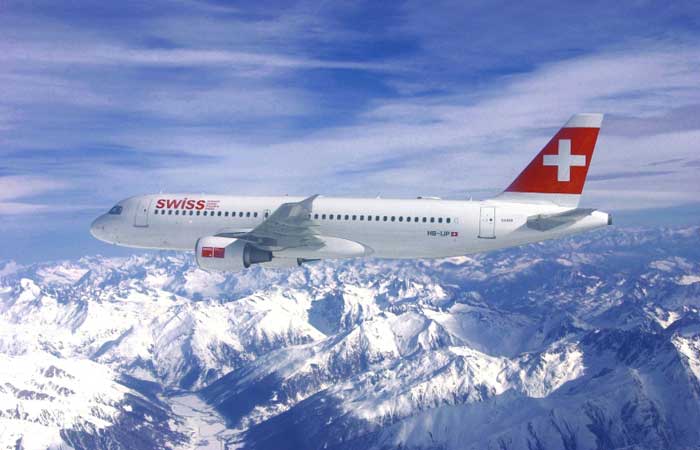
Don’t fly far or often
If you want to emit less CO2 when you fly, then head to the Alps or Scandinavia. Slow travel is encouraged, by staying longer and exploring your surrounding area, you can minimise your footprint. Multiple short breaks mean frequent flying and multiplying your CO2 emissions. If your emissions concern you, you could take one longer trip rather than multiple short breaks and travel by road or rail.
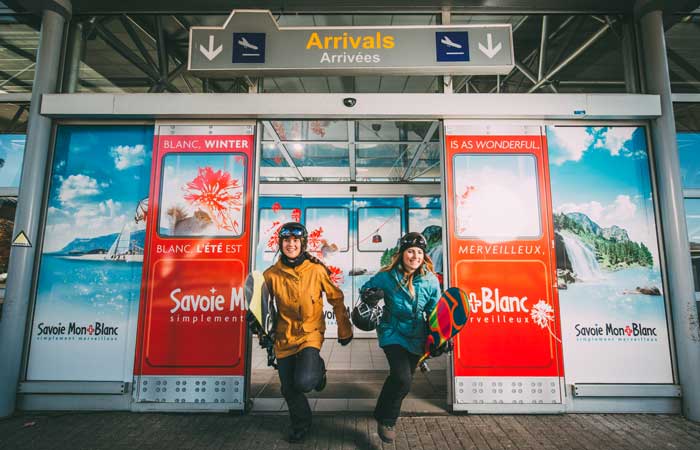
Be more conscious about flying business
Alas the realities of mathematics mean that planes, just like cars and trains, operate with maximum efficiency when they’re full. Therefore, the per passenger CO2 emission is much less when it can be divided between more people. This is one of the reasons Ryanair brazenly claim they are the “cleanest, greenest” airline in Europe.
Flying business class is the equivalent of two or three economy passengers, thus increasing the CO2 output. Surprisingly, British Airways are advising passengers not to fly business to cut their CO2 emissions. Private jets are by far the worst. Ironically, Aspen’s ski area is carbon neutral and has a reputation as one of the world’s great campaigners of climate change. But the local airport is often grid-locked with private planes.
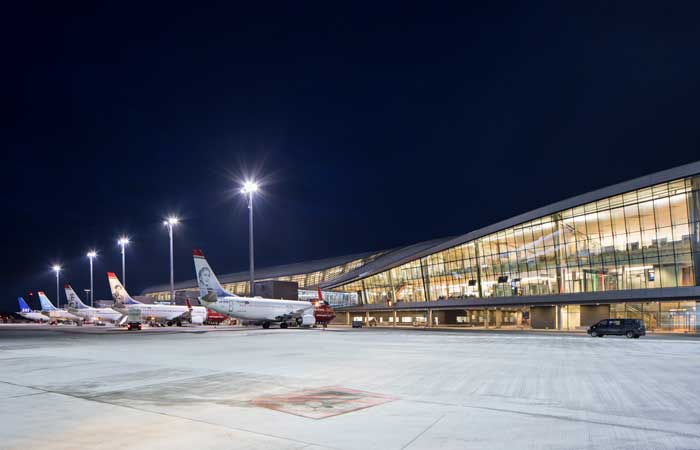
Visit a ‘green’ ski resort
Flights make up around half your CO2 emissions on a week-long ski holiday in Europe (around 95% on long haul ski trips), so it’s worth minimising the other half of emissions. Using public transport to and from the airport, and choosing a ski resort that uses green energy to power its lifts can help, see our low carbon ski resorts here.

Be more eco-friendly
You can start by minimising your imprint at home; making savings throughout the year to counteract your travel. Whether it’s minimising your rubbish, reducing the heating at home, using your car less or switching to green energy providers, these are all a step in the right direction.
More info:
You can read about British Airways’ work towards net zero emissions here, and discover your offsetting here. Discover these airlines’ responsibility to the environment here: EasyJet, RyanAir and Swiss.








